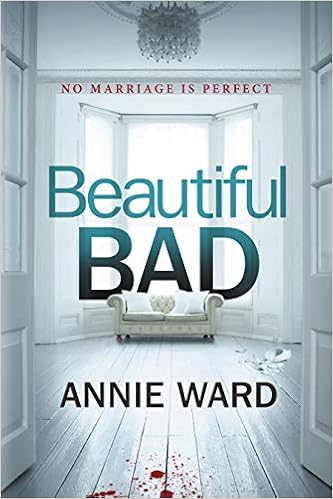I can’t say this book is really bad but I can’t say it’s beautiful either.
The book opens on the “Day of the Killing” when a 911 call is made; we
know someone is dead but we don’t know who the victim is or who the killer is,
though we know a child is present. Soon
it becomes obvious that the house has three occupants: Maddie and Ian Wilson and their son Charlie.
The story has three perspectives, that of Maddie, that of Ian, and that
of Diane, a policewoman who is first on the scene. By far, Maddie’s point of view
dominates. Through flashbacks she
describes meeting Ian in 2001 while visiting her friend Joanna. They have little contact for over a decade
but eventually reconnect and marry in 2012.
They live in Kansas with their son Charlie, though Ian is often away
because he provides security for people in dangerous parts of the world like
Iraq and Rwanda. Because Maddie suffered a head injury after a fall, she has become very
anxious and fearful; to help with her anxiety, she sees a psychologist who
specializes in writing therapy. In those
sessions, we learn of her concerns about Ian who seems to be suffering from
PTSD; he is increasingly paranoid and drinks excessively.
One of my issues with the book is that none of the characters is
likeable. When we first meet Maddie,
Joanna and Ian, they are interested in nothing but partying and drinking. Maddie becomes a dutiful mother to Charlie
but her behaviour is erratic and she seems to enjoy manipulating people. Ian is equally unsympathetic. Ian has a girlfriend when he first meets
Joanna and Maddie and his behaviour towards all three women is questionable. Joanna just seems volatile and erratic. Even the policewoman behaves strangely; her
boss allows her to drink a beer while working but “she was not allowed much
jewelry on the job”?
The relationships between characters are also unconvincing. Joanna and Maddie are supposed to be best
friends but we see little that shows them behaving as best friends would; most
of the time they are angry with each other.
The relationship between Maddie and Ian is even more problematic. She is immediately attracted to him, but
there seems little to explain the appeal.
Nothing really happens between them so it is difficult to understand why
Maddie becomes so obsessed with Ian, even after they have almost no
communication for over a decade.
As a reader I kept feeling manipulated.
The narrative moves back and forth in time so it is obvious that things
are being left out to keep the reader perplexed. The description of the murder scene in the
opening is intentionally scattered and that foreshadows the disorganization of
the rest of the narrative. I object to
thrillers that rely on inept police investigators. And it does not take a genius to quickly
determine that Maddie is the unreliable female narrator that is found so often
in contemporary suspense fiction.
Actually, there is not a great deal of suspense. The pace is slow and there is a great deal of
unnecessary information in the middle.
The book offers little that is different from other books of the same
genre. Some might be surprised at the
twists at the end, but I found them predictable.
The style also has little to commend itself. I got tired of having everything described as
“crap” or “crappy” (10 times) and reading awkward sentences like “Dr. Roberts
turns out to be a very thin, beautiful and gentle African man in loose taupe trousers with an accent”
and “his bunker made of misery and anger
under dirt” and “moving to an
underground metal box with an oxygen generator
in Montana”. Surely an editor should
have caught the awkward placement of prepositional phrases.
Like the characters, the book is shallow and superficial.

No comments:
Post a Comment